September 2016
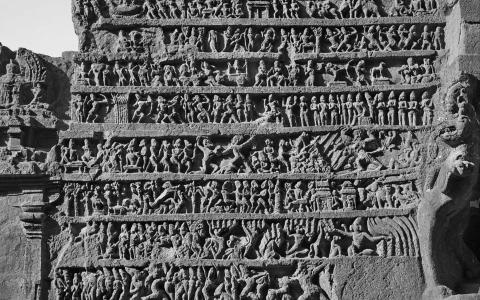
When describing Rama, Valmiki says, “कुलोचितमिति क्षात्रं धर्मं स्वं बहुमन्यते” in the beginning of the Ayodhya Kanda (1.16). Rama opined that kshaatra was the most appropriate path for his clan and took great pride in his valor. Rama knew elephant-riding, horse-riding, and was well-versed in all martial arts and techniques. If he went for war, he always returned victorious. Valmiki describes this in about 24 verses. In the beginning of the...

तात बाहट मा रोदीरेषा वै कर्मणो गतिः । दुषि धातोरिवास्माकं गुणो दोषाय क्ल्प्यते ॥
The central character of this story is Vikatanitamba, who lives on to this day through her muktakas (stray, independent verses). No work of this fine poet has come down to us in full; they have been swept away in the flood of time.
Vikatanitamba saw fate at its cruelest and lived an unhappy life. Her husband was an ignoramus, while she was teeming with charm and...
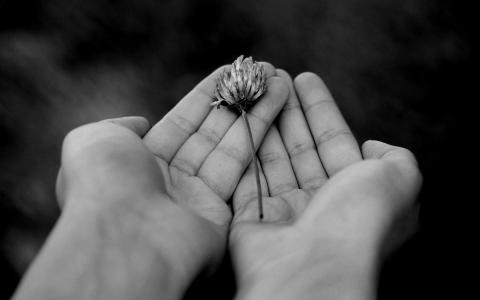
In the Bhagavata Purana, there is the moving episode of Kuchela’s visit to Krishna’s palace. Kuchela and Krishna were classmates in the gurukula of Sandipani. Kuchela leads an impoverished life while Krishna is a king. Kuchela visits his old friend with a view to ask him for help but when he actually meets him, he is unable to bring himself to ask for a favor.
Krishna gives so much to Kuchela without expecting anything in return. He feels that...
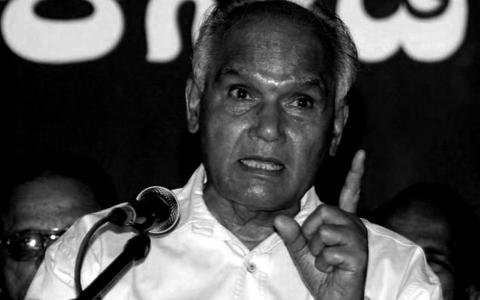
One of the greatest writers of modern Kannada literature, Padma Shri Dr S. L. Bhyrappa speaks about a wide range of issues including history, academia, politics, linguistics, and literature in this no-holds-barred conversation.
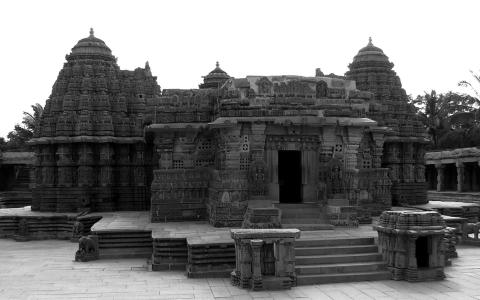
Whenever I'm asked to speak about Hinduism to a Western audience, who is typically unfamiliar with our tradition, I like to use a simple acronym to highlight the core values of sanatana dharma, the eternal truth. But before that, I usually mention these four important points about our tradition:
Hinduism represents over 5,000 years of continuous development in the Indian sub-continent.
Hindu time-scale spans trillions of years and is cyclical...
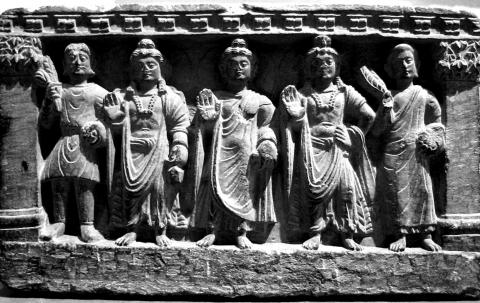
Kosambi says that the Bhagavad-Gita verses 2.55-72 would not have been possible without the influence of Buddhism (M&R, p. 20). There are three reasons why this statement is absolutely false:
While the Gita makes many references to the Vedas and its seers – 7.8 (I am om in all the Vedas...), 8.11 (Those well-versed in the Vedas call it the eternal state...), 9.17 (I am the Rig-, Yajur-, and Sama Vedas...), 10.22 (I am Samaveda among Vedas...

Krishna speaks about bhakti so often in the Gita. He goes as far as to say – sincerely worship the supreme in any form you like; I will strengthen that faith (BG 7.21). But what of Krishna himself? Is he a devotee? Or is he an arrogant god?
He is devoted to his parents, elders, teachers, and seers. For example, during the rajasuya yajna performed by Yudhisthira, Krishna washes the feet of all the sages (MB 2.30-32) – he is endowed with true...

The maxims that can be gleaned from the Ramayana and Mahabharata are predominantly destruction of the wicked and protection of the righteous. Investigating into what is the predominant rasa of the Itihasas, the great aesthetician and scholar Anandavardhana says that the karuna rasa dominates in the Ramayana while the dominant rasa in the Mahabharata is shanta rasa. To this, we may add another rasa, that of ‘dharmavira’ – it would not be...
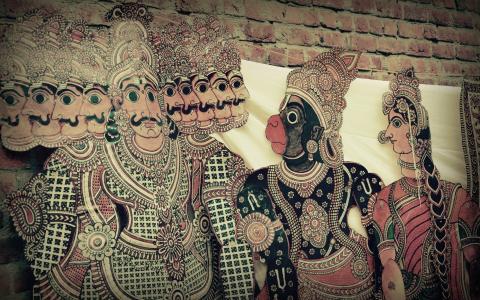
In this discourse in Sanskrit, Shatavadhani Dr. R. Ganesh discusses the two great epics (or 'itihasa') of India, the Ramayana and the Mahabharata. This pravachana was presented in 2014 at the annual Vitasta Summer Camp in Olympia, WA sponsored by Samskrita Bharati.
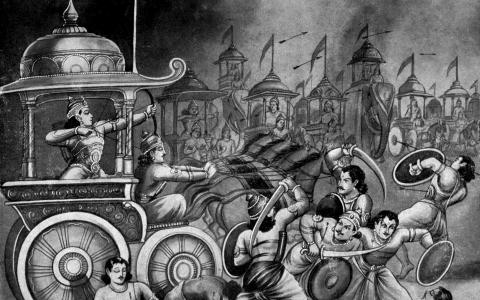
Kosambi goes on to question the veracity of the Mahabharata’s claim on the numbers:
“If a Mahabharata war had actually been fought on the scale reported, nearly five million fighting men
killed each other in an 18-day battle between Delhi and Thanesar…”
(M&R, p. 17)
From the description in the Mahabharata, we know that the Kaurava and Pandava armies had 11 and 7 akshauhinis respectively; a total of 18. From the Amarakosha we know that one...
